The Longevity & Aging Series launched its second season with a premiere episode featuring Dr. Irina Conboy and Xiaoyue (Serafina) Mei from the University of California, Berkeley.
Aging-US Authors
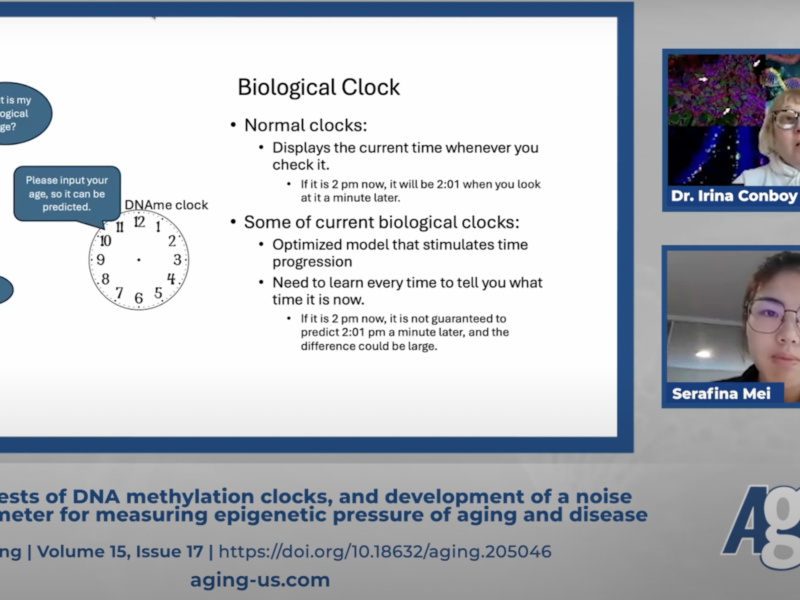
Dr. Irina Conboy and Xiaoyue (Serafina) Mei from the University of California, Berkeley, discuss a priority research paper they co-authored that was published in Volume 15, Issue 17, of Aging (Aging-US), entitled, “Fail-tests of DNA methylation clocks, and development of a noise barometer for measuring epigenetic pressure of aging and disease.”

PRESS RELEASE: A new research paper was published in Aging’s Volume 16, Issue 7, entitled, “The impact of continuous and intermittent ketogenic diets on cognitive behavior, motor function, and blood lipids in TgF344-AD rats.”
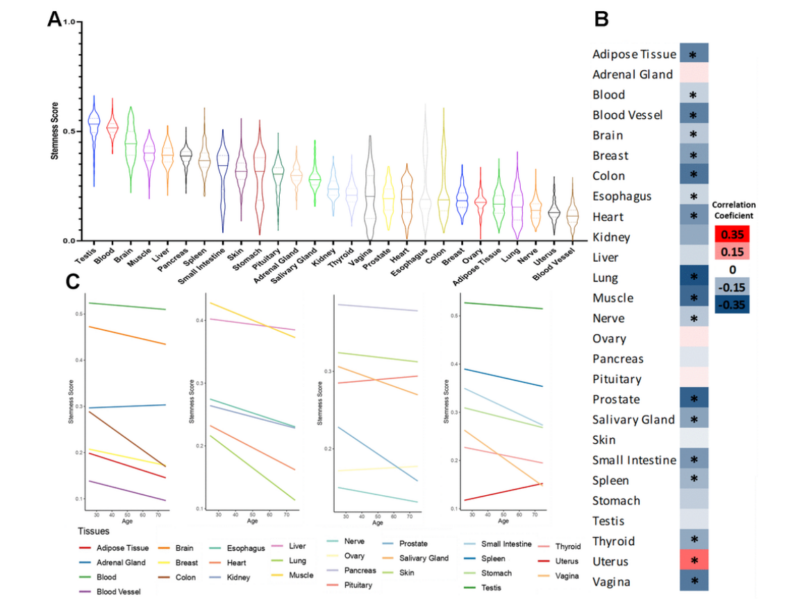
PRESS RELEASE: A new research paper was published on the cover of Aging’s Volume 16, Issue 7, entitled, “Evidence of a pan-tissue decline in stemness during human aging.”

PRESS RELEASE: A new research paper was published in Aging’s Volume 16, Issue 6, entitled, “Geraniol attenuates oxidative stress and neuroinflammation-mediated cognitive impairment in D galactose-induced mouse aging model.”
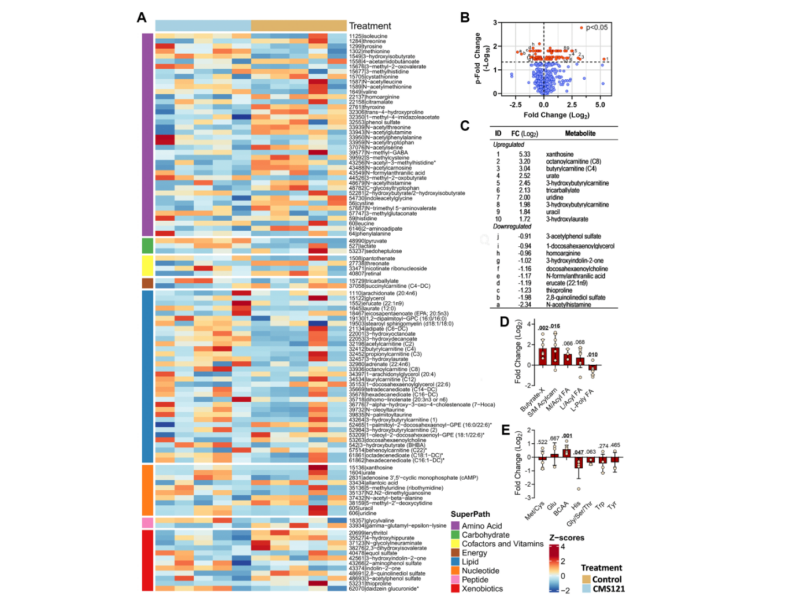
PRESS RELEASE: A new research paper was published in Aging’s Volume 16, Issue 6, entitled, “CMS121: a novel approach to mitigate aging-related obesity and metabolic dysfunction.”

PRESS RELEASE: A new research paper was published in Aging’s Volume 16, Issue 6, entitled, “Targeting mitochondrial dysfunction using methylene blue or mitoquinone to improve skeletal aging.”

PRESS RELEASE: A new research paper was published on the cover of Aging’s Volume 16, Issue 6, entitled, “Altered brain morphology and functional connectivity in postmenopausal women: automatic segmentation of whole-brain and thalamic subnuclei and resting-state fMRI.”
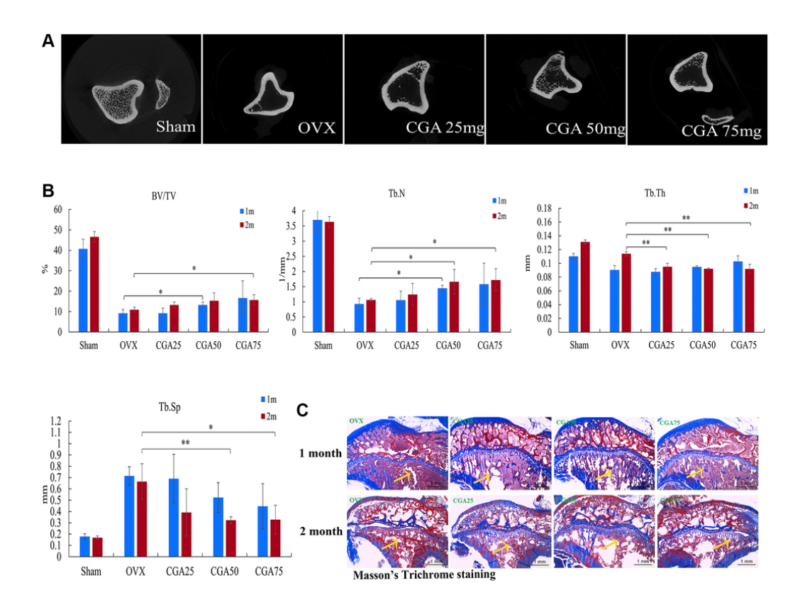
PRESS RELEASE: A new research paper was published in Aging’s Volume 16, Issue 5, entitled, “Chlorogenic acid prevents ovariectomized-induced bone loss by facilitating osteoblast functions and suppressing osteoclast formation.”
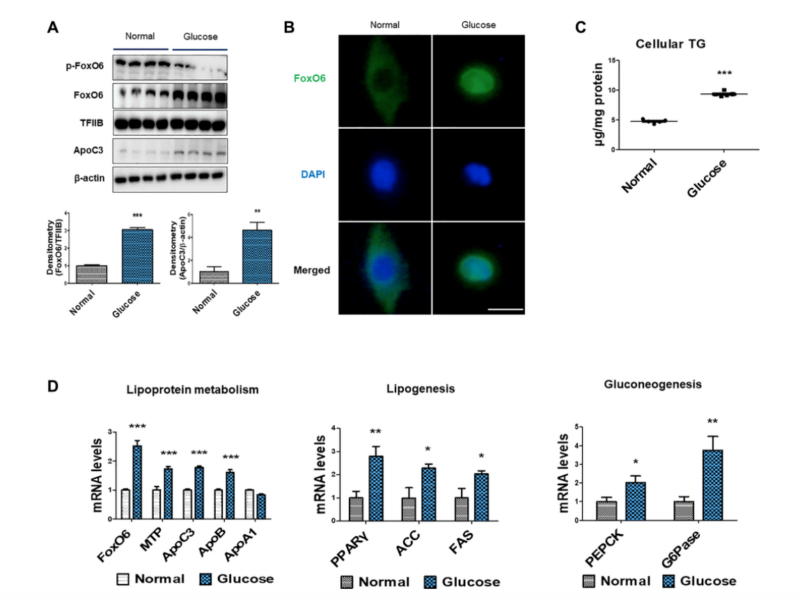
PRESS RELEASE: On March 3, 2024, a new research paper was published in Aging’s Volume 16, Issue 5, entitled, “FoxO6-mediated ApoC3 upregulation promotes hepatic steatosis and hyperlipidemia in aged rats fed a high-fat diet.”
